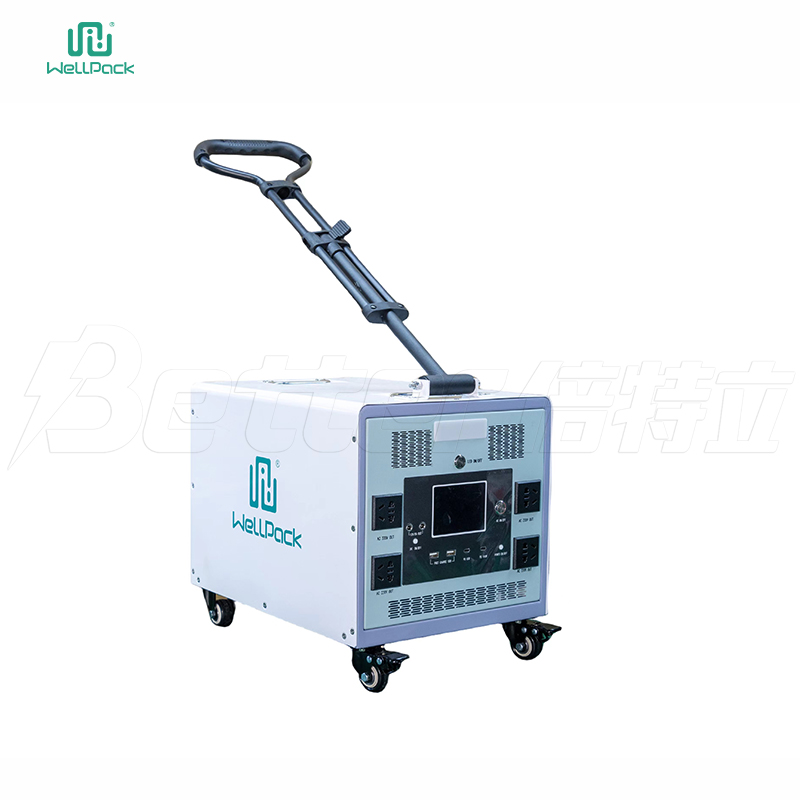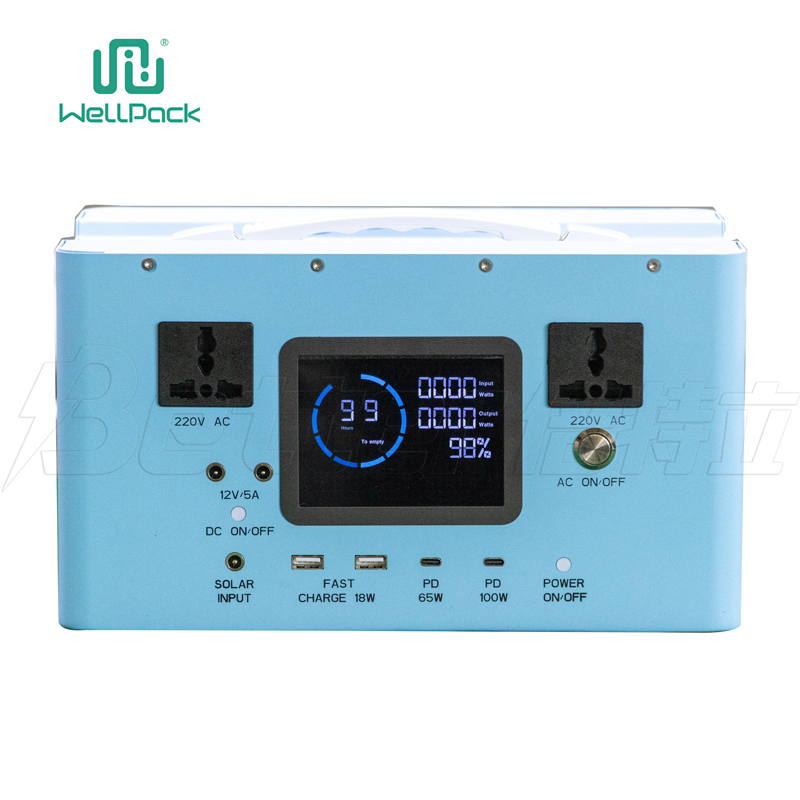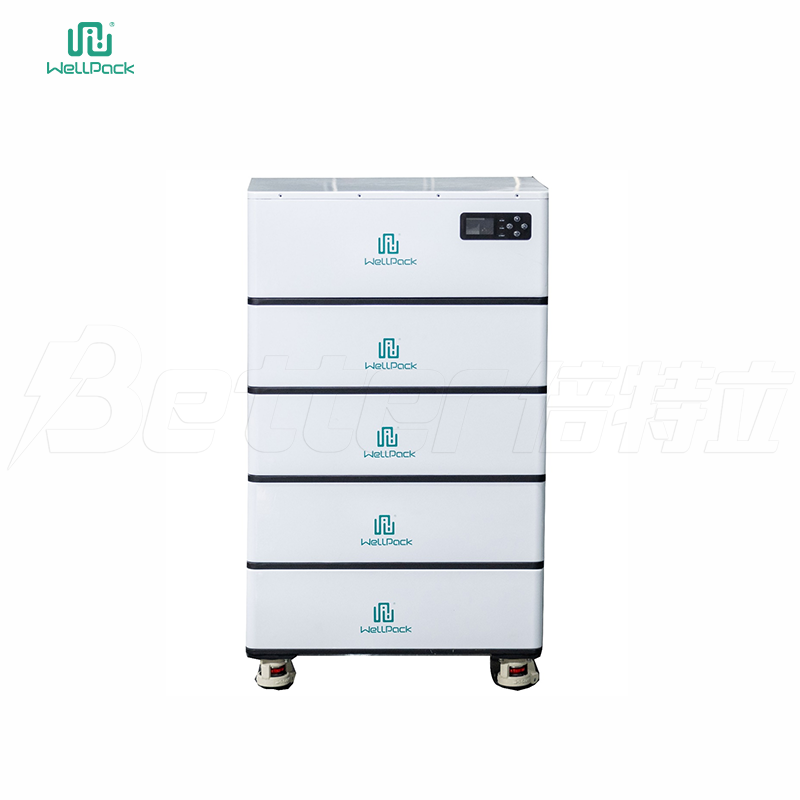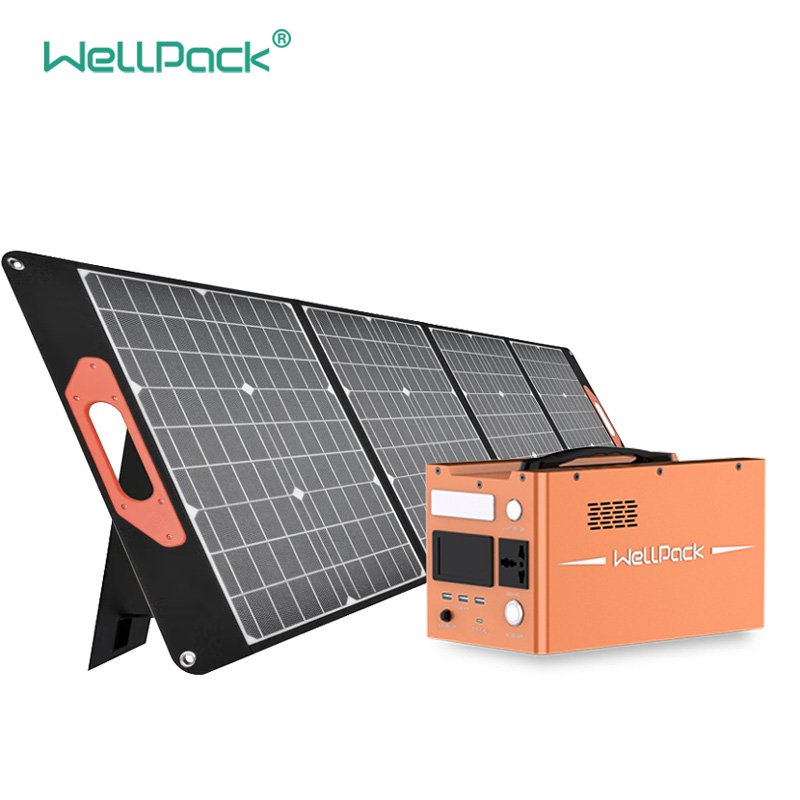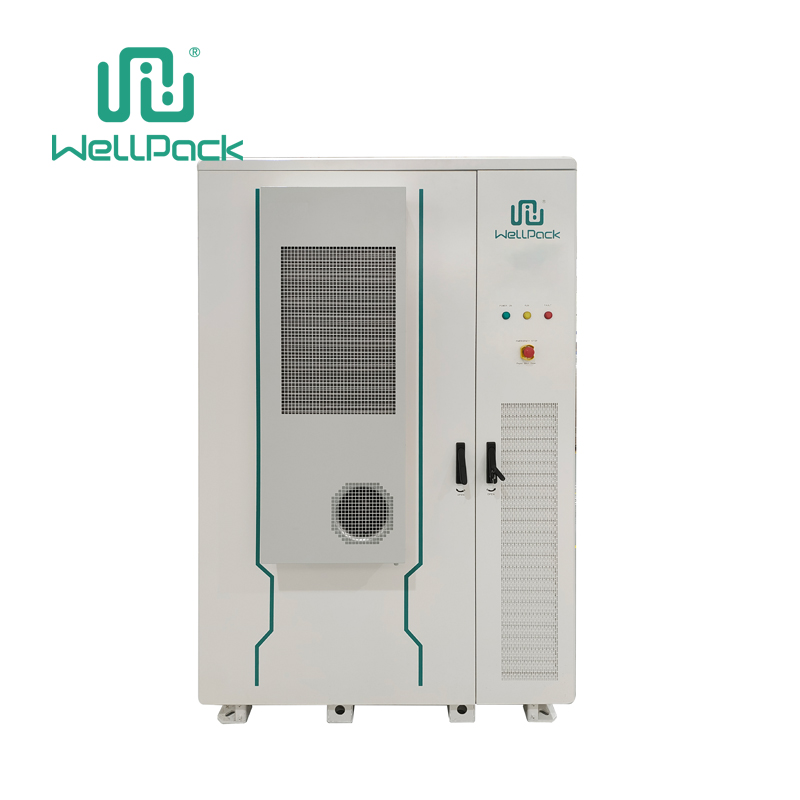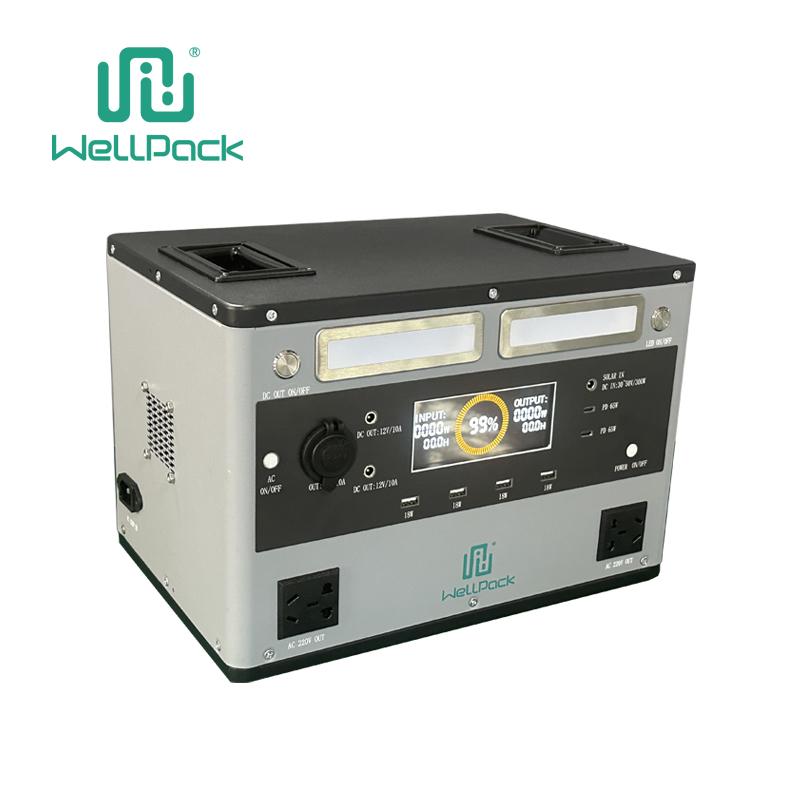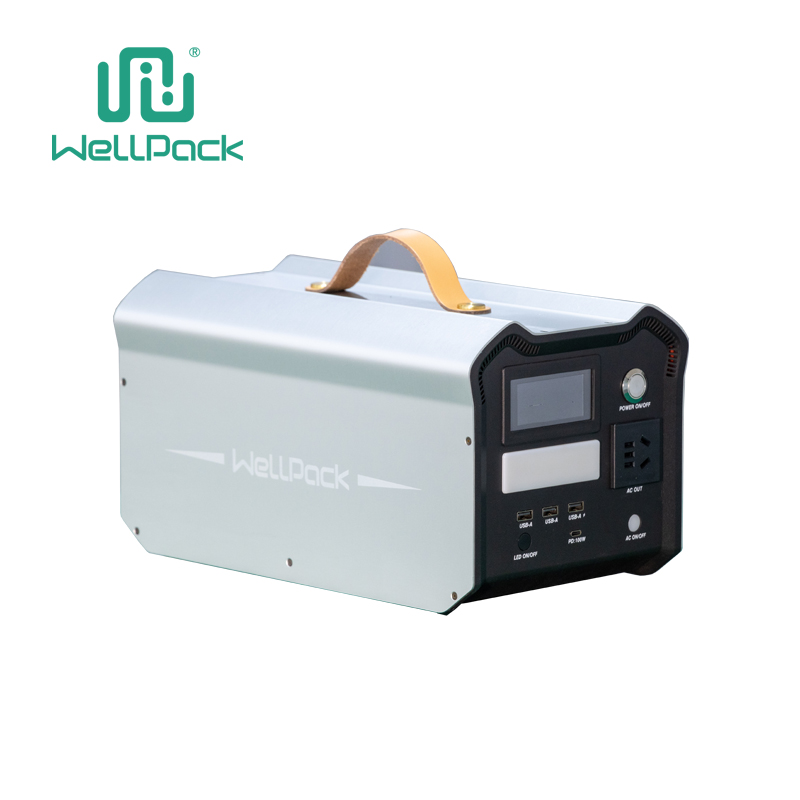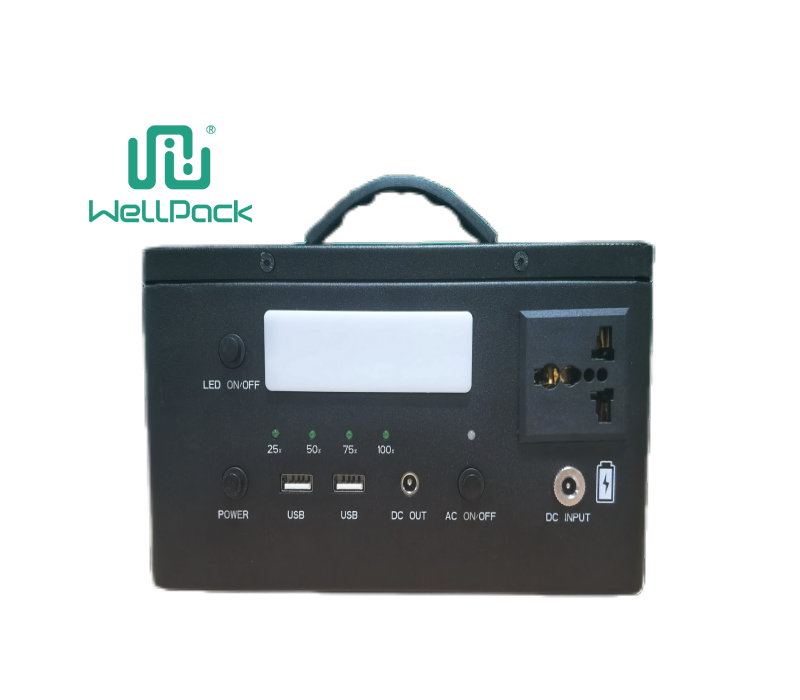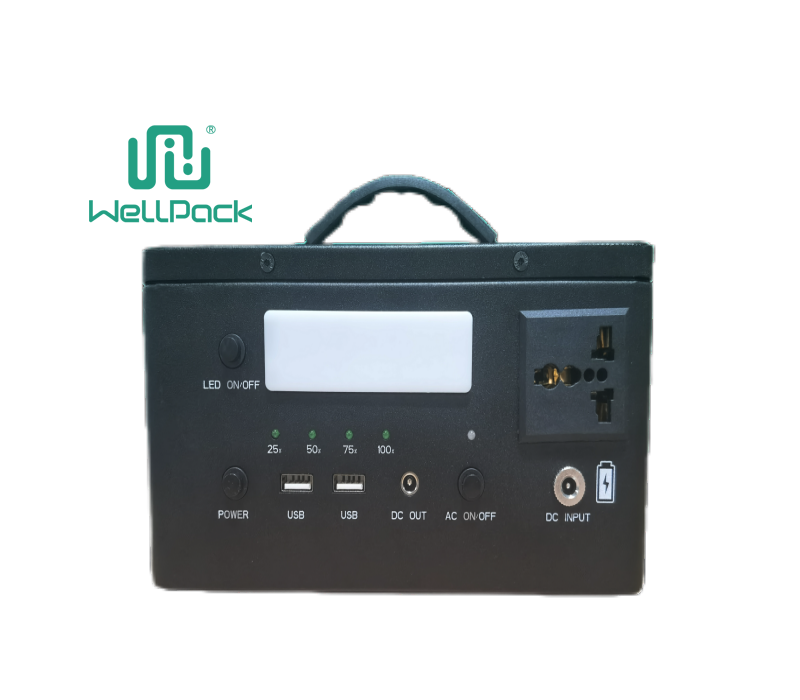A well-maintained motorcycle battery is essential for reliable performance and hassle-free riding. Proper charging is crucial to ensure your battery's longevity and prevent unexpected breakdowns. This comprehensive guide will provide you with essential tips for fast and safe motorcycle battery charging, helping you maintain optimal battery health.
Introduction
Motorcycle batteries, typically lead-acid or lithium-ion, require regular charging to maintain their performance and capacity. Improper charging can lead to premature battery failure, leaving you stranded on the side of the road. By following these guidelines, you can ensure your motorcycle battery is always ready for action and avoid unnecessary inconveniences.

Understanding Battery Types
Lead-Acid Batteries: These are the most common type of motorcycle battery. They require regular maintenance, including electrolyte level checks and periodic charging.
Lithium-Ion Batteries: Newer and more advanced, lithium-ion batteries offer several advantages, including faster charging times, longer lifespan, and reduced maintenance requirements.
Safe Charging Practices
Use the Manufacturer's Charger: Always use the charger specifically designed for your motorcycle battery. Using an incompatible charger can damage the battery or cause safety hazards.
Charge in a Well-Ventilated Area: Ensure you charge your battery in a well-ventilated area to prevent the buildup of flammable gases. Avoid charging in enclosed spaces or near heat sources.
Monitor Charging Progress: Keep an eye on your battery while it's charging. Pay attention to any unusual signs such as excessive heat, unusual noises, or a strong odor. If you notice any of these, immediately disconnect the charger and inspect the battery for damage.
Avoid Overcharging: Overcharging can shorten your battery's lifespan and increase the risk of damage. Most modern chargers have built-in safety features to prevent overcharging, but it's still good practice to monitor the charging process.
Proper Storage: When storing your motorcycle for extended periods, disconnect the battery and store it in a cool, dry place. Charge it to around 80% before storing to prevent deep discharge.
Fast Charging Techniques
Battery Tender: Use a battery tender or maintainer to maintain a trickle charge during storage or periods of infrequent use. These devices can help your battery maintain its charge and prevent deep discharge.
Quick Chargers: Some chargers are designed for faster charging times. However, it's essential to follow the manufacturer's instructions and avoid using excessively high charging rates, as this can damage the battery.
Maintenance Tips
Clean Terminals: Regularly clean battery terminals to remove corrosion, which can hinder the flow of electricity and reduce battery performance.
Check Electrolyte Levels (Lead-Acid Batteries): For flooded lead-acid batteries, periodically check the electrolyte level and add distilled water if necessary.
Secure Mounting: Ensure your battery is securely mounted to prevent movement and damage.
Professional Maintenance: Have your battery inspected by a mechanic at least once a year to check for any issues and ensure it's in good condition.
FAQs
How often should I charge my motorcycle battery?
If you ride frequently, the battery will charge itself. However, if you store your motorcycle for extended periods, charge it every 2-4 weeks.
Can I use a car battery on my motorcycle?
It's generally not recommended as car batteries may have different specifications and may not fit properly in your motorcycle's battery compartment.
How long does a motorcycle battery last?
The lifespan of a motorcycle battery depends on factors such as usage, maintenance, and battery type. On average, lead-acid batteries last 2-3 years, while lithium-ion batteries can last up to 5 years or more.
Can I jump-start a motorcycle battery?
Yes, you can jump-start a motorcycle battery using another vehicle or a portable power source. However, follow the correct procedure to avoid damaging your battery or electrical system.
What are the signs of a bad motorcycle battery?
Signs of a bad battery include difficulty starting your motorcycle, dim headlights, clicking noises from the starter, and a swollen or leaking battery case.
By following these tips, you can ensure your motorcycle battery is always in optimal condition, providing reliable power and preventing unexpected breakdowns. Remember, proper charging and maintenance are essential for maximizing your battery's lifespan and enjoying hassle-free riding.
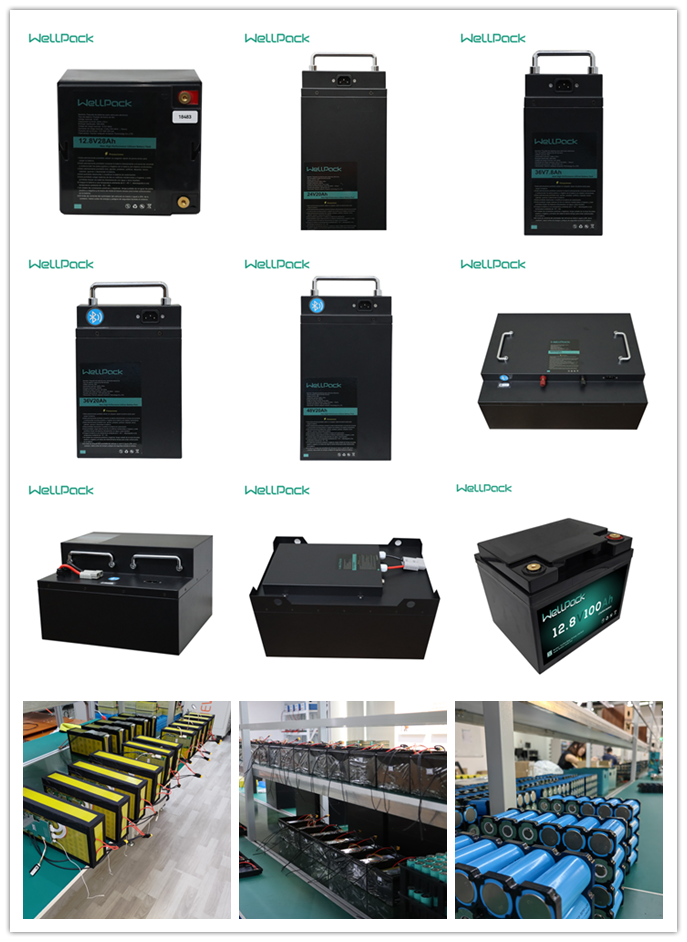
Looking for a high-performance lithium ion motorcycle battery? Our selection includes the best motorcycle battery options on the market. We offer a wide range of motorcycle battery types to suit your needs, including lithium ion motorcycle battery and traditional lead-acid batteries.

